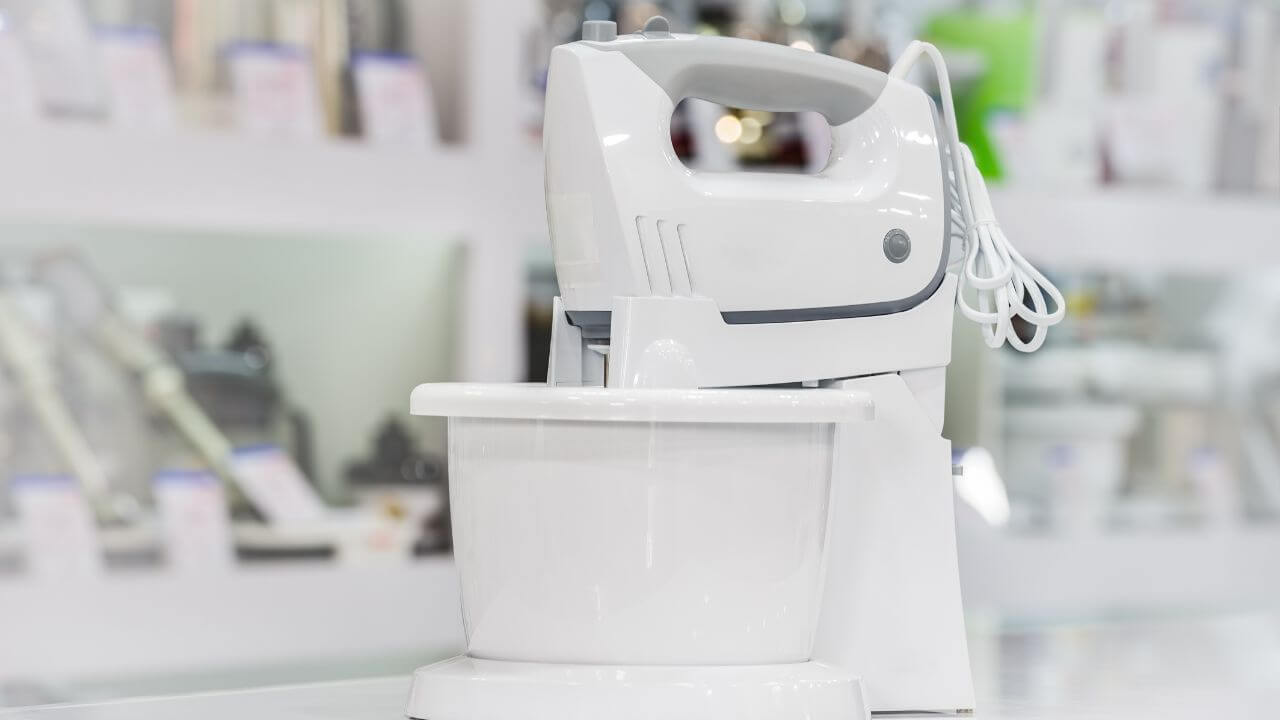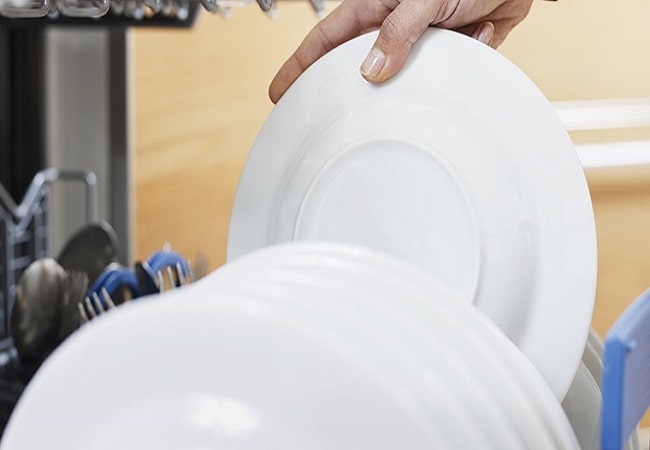A food processor is a versatile kitchen appliance used for various tasks, including chopping, slicing, and pureeing food. But can a food processor be used as a mixer? This blog post will examine using a food processor as a mixer. In addition, I’ll go over a few tricks for turning a food processor into a mixer. Stay tuned to learn more!
Contents
- 1 Can you use a food processor as a mixer?
- 2 How does a food processor work as a mixer?
- 3 How can a food processor be used as a mixer?
- 4 Benefits of mixing with a food processor instead of a stand mixer
- 5 There are drawbacks to mixing things in a food processor.
- 6 FAQ about food processor is used as a mixer
- 7 Conclusion
Can you use a food processor as a mixer?
One of the many uses for a food processor is as a mixer, and this is one of the many functions it can perform. A food processor can do the job if you need to mix up a small batch of something or don’t have a stand mixer on hand. Remember that a food processor doesn’t give you the same results as a stand mixer but can work in a pinch.
How does a food processor work as a mixer?
Food processors work as mixers by chopping, blending, and pureeing ingredients. The blades chop the food while the motor spins it quickly. It creates a smooth texture and reduces cooking time.
How can a food processor be used as a mixer?
Food processors are used as mixers for various tasks, such as blending ingredients, making doughs and batters, or even kneading bread. Here are a few tips for using a food processor as a mixer:
- Make sure the food processor is properly plugged in and turned on.
- Add the ingredients one at a time, processing them until they are combined.
- If the food processor has multiple blades, use them to blend the ingredients evenly. If it doesn’t have multiple blades, use a whisk or an immersion blender to help combine the ingredients evenly.
- If you overmix the ingredients, they’ll become tough and gummy, so be careful not to do so!
- Use caution when handling hot liquids and foods in the food processor; wear protective gloves if necessary.
- Let the mixture cool slightly before transferring it to another container for storage or use; warm mixtures will be less stable and explode when processed in a food processor.
- Store cooked foods in an airtight container in the refrigerator for up to four days; frozen foods will last up to two months.
Benefits of mixing with a food processor instead of a stand mixer
There are many pros to using a food processor as a mixer. These include the following:
- Food processors are highly efficient and can easily handle large batches of ingredients. It makes them ideal for mixing batters, doughs, and other recipes that require a lot of blending or stirring.
- They’re also lightweight and small enough to take with you wherever you go, making them perfect for confined spaces. Quickly whipping up a batch of something without needing an additional appliance is especially convenient with this.
- Food processors generally have smooth surfaces that make them easy to clean. Plus, they come with built-in timers that help ensure that your ingredients are mixed evenly and properly timed so they don’t come out too dry or wet.
- Finally, food processors typically have multiple blades and attachments that make it possible to do various tasks such as chopping vegetables, slicing meat, grinding spices, and more. It means you can easily create delicious dishes from scratch without spending hours in the kitchen prepping ingredients one by one!
There are drawbacks to mixing things in a food processor.
There are some drawbacks to using a food processor as a mixer.
- First, the motor is too powerful for some ingredients and can result in lumps or clumps.
- Second, the blades can easily scratch non-stick surfaces and cause them to wear quickly.
- Third, the large size of the food processor means that it is not always easy to move around.
- Finally, because a food processor mixes ingredients at high speed, it can create heat, damaging delicate foods.
FAQ about food processor is used as a mixer
Do I need a hand mixer if I have a food processor?
The two appliances are different, depending on what you want to use them for. A hand mixer is better for combining butter and sugar or whipping egg whites. At the same time, a food processor is better for chopping and grating.
Which is better, a food processor or a mixer?
As the user’s needs vary, this is a difficult question to answer. A food processor is better for quickly chopping or blending food, while a mixer is better for more detailed tasks such as beating egg whites or cream. Some mixers also have a dough hook to knead bread dough, which a food processor cannot.
What can I use if I don’t have a hand mixer?
You can use a whisk if you do not have a hand mixer. A whisk is a handheld tool with a long, thin wire attached to a handle. The wire is used to beat or whisk ingredients together. To use a whisk, hold it in your dominant hand and use your other hand to grasp the ingredients you want to mix. Use a back and forth motion to mix the ingredients.
Can a blender be used as a mixer?
A blender is used as a mixer if the blades are appropriate for mixing ingredients. The blender’s motor must be powerful enough to mix the ingredients. The blender must have a sufficiently wide base to ensure the ingredients are well-combined.
Can you use a food processor to mix butter?
Yes, a food processor is used to blend butter. Using a food processor, you can quickly and easily mix the butter until it is smooth. It is helpful if you make a recipe for softened butter.
Conclusion
A food processor is used as a mixer if the right attachments are used. To save kitchen space, this is an excellent choice. On the other hand, the power of a food processor may fall short of that of a traditional mixer. Therefore, it is best to use this option for smaller batches of food.





Leave a Reply